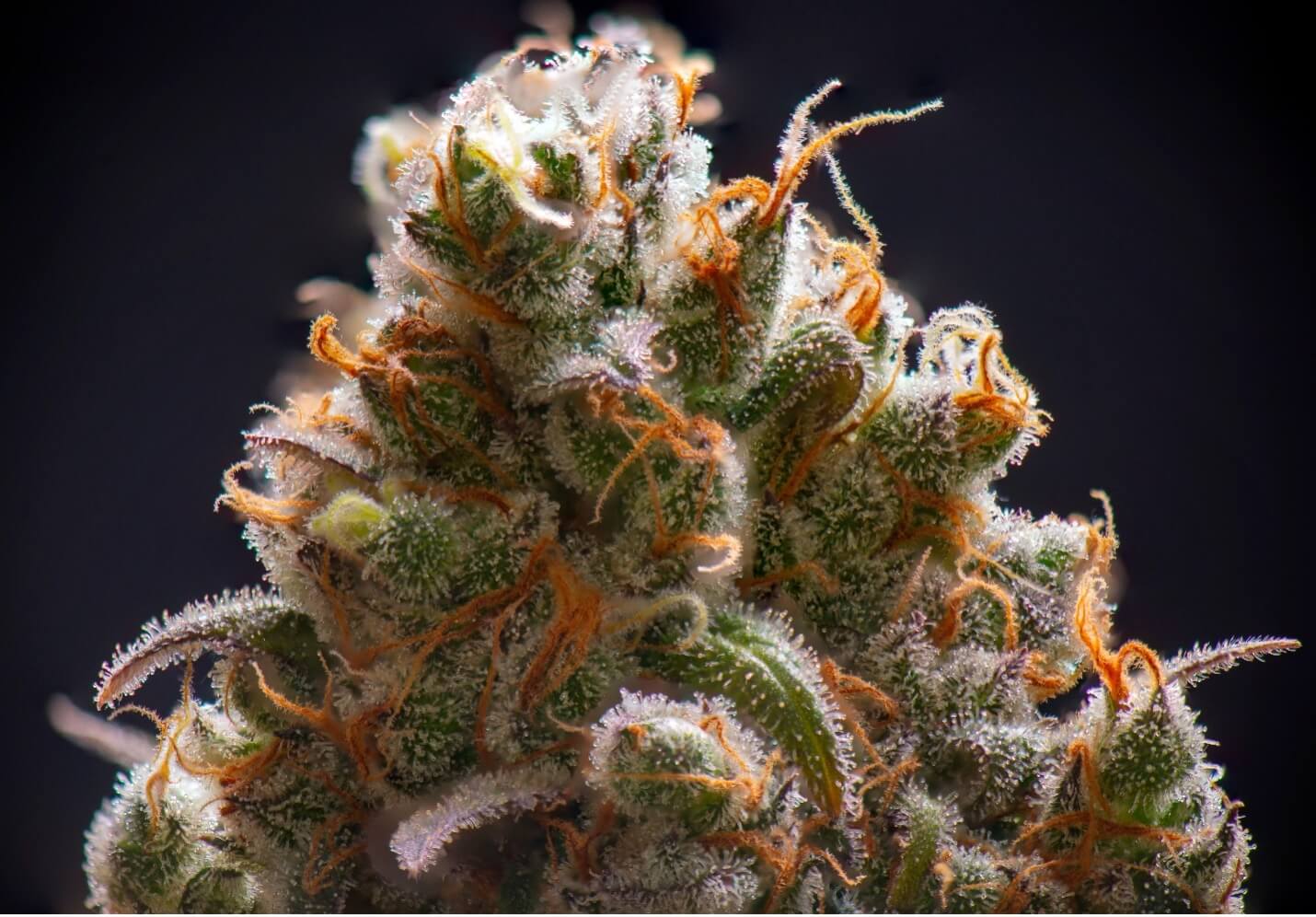Your cart is currently empty.

Way back when, most of us had no idea what sort of marijuana strains we were buying. There was "kind" bud, which was higher quality, and "regs," which was not. Once in a while, something unusual would come through, like a white-frosted Northern Lights.
Today, open legal markets have changed everything. Not only do you know the exact strain you are buying in a legal cannabis dispensary; you can probably find out where your weed was grown and who created the marijuana strains you are sampling. But how are all of these new hybrids created? The answers come down to old-school horticulture methods.
Marrying the right parent plants
Like many other plants, cannabis plants come in male and female. Pollen from the male plant needs to make it to a female plant to create seeds. Once the seeds develop, they are grown into plants.
At this stage, growers don't know what they are going to get. Growing sample plants through the budding stage can help them decide which crosses are worth pursuing.
Breeders have different aims each time they set out to create a new strain of marijuana. Some wish to create plants with greater levels of hardiness. This can include plants that are more resistant to mold or root diseases, plants that can tolerate excessive heat or cold, or ones that have lower water or light requirements.
In other cases, they are looking for different growth patterns. Some growers may require plants that grow shorter and more compact, producing more without taking up as much space. Other growers may look for genes that bring plants to the flowering stage more quickly.
But, the best known reason for breeding new varieties is creating new characteristics in the buds. This can involve different flavors and tastes related to the plant's terpenes. The grower could also be looking for different THC or CBD levels, different bud size, color, or other characteristic.
Going on a pheno hunt
What growers are looking for is a desirable phenotype. Phenotypes are different physical expressions of a particular set of genetics. Think of them like siblings. Two parents may have half a dozen children together, and they will all have the same genetic parentage. But, each kid will also have their own expressions of their parents' genetics. The same thing happens with plants.
When cannabis breeders go on a pheno hunt, they are looking for the best expression of the parent strains' genes. However, the work doesn't stop at finding the plant that is the best. They need to make sure that their results are reproducible.
Stabilizing the genetics
If you have a vegetable garden, you are probably familiar with the designations "hybrid" and "heirloom." Hybrid seeds will grow a plant with a particular set of desired traits. Think vividly hued tomatoes or particularly large yet tender squash. But, if you were to save the seeds from the vegetables you grew, the offspring from those plants would be different from the parent that grew the seed.
Heirlooms, on the other hand, produce seeds that grow plants just like the parent plants. While heirlooms are often hybridized over generations, they have reached a point where the genetics are stabilized.
Cannabis breeders need the same characteristics when they produce a new seed. While this is something that naturally happens over a long period of time, breeders need it to happen more quickly.
They put this process into play using a combination of hybridization and backcrossing. Backcrossing involves breeding a new strain with one of its parent strains. This makes it more likely that the next generation of plants will have their parents' desired traits.
Attack of the clones
Have you ever broken off a piece of a plant and put it in water to root? You've engaged in cloning.
A clone is an exact genetic replica of the plant that it was cut from. Many OG strains are only available in clone form, since the plants themselves do not produce seeds.
Summing Up
Cannabis horticulture is more openly discussed than ever before. Breeders compete in contests to see who can create the best, most renowned strains in any given year. Home growers are getting in on the game, too, learning more about selective breeding and creating their very own varieties.
Next time you are in the dispensary, take a moment to appreciate the huge array of varieties that are available today. Some have high THC levels, some just a whisper paired with other cannabinoids like CBD. The increased diversity means more options for consumers of all types.
Sources
https://www.farmerfelon.com/blog/how-cannabis-strain-created#
https://www.growweedeasy.com/advanced-breeding-techniques
